This post may contain affiliate links. Please read our privacy policy.
You might wonder how to bring butter and eggs to room temperature for your next recipe. I’ve got just what you need to find the right method for you!
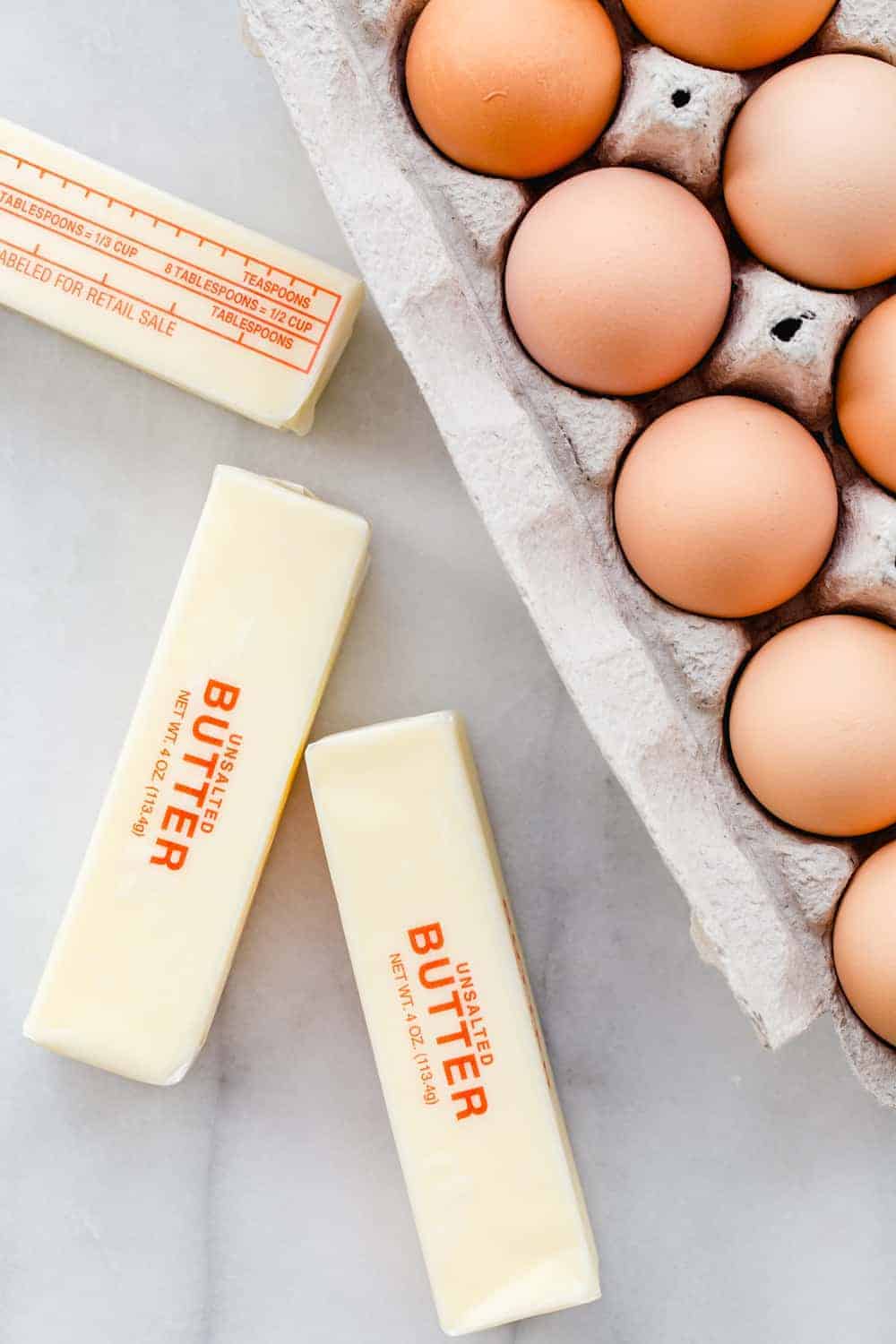
If you’ve ever wondered how to bring butter and eggs to room temperature, the easiest and best way is to simply allow them to sit – at room temperature. That’s pretty much a no-brainer, right?
But this method usually means that you have a bit of a plan in place. If I know that I am going to be baking a batch of M&M Cookies or my Easy Sugar Cookies recipe early in the morning, I always take my items out of the fridge and allow them to sit on the counter overnight.
However, if you’re at all like me, sometimes ya just get the urge to bake something without a plan in place. I often find myself in this situation and it can be a real bummer if the recipe you’re using calls for room temperature items such as butter, eggs, or even cream cheese.
But no worries, I’ve got ya covered – so the next time you find yourself staring at ice cold butter and eggs, you’ll know exactly how to bring butter and eggs to room temperature in no time!
I usually bake with room temperature eggs because they seem to disperse much better through batters when they aren’t fresh out of the fridge. Typically if the recipe calls for room temperature butter, it’s a good idea to use room temperature eggs too.
HOW TO BRING EGGS TO ROOM TEMPERATURE
Place eggs in a bowl and cover them with warm (not hot) tap water.
Allow the eggs to sit in the water for about 5 minutes or until they are no longer cool to the touch.
HOW TO BRING BUTTER TO ROOM TEMPERATURE
Clearly, bringing eggs to room temperature is pretty straightforward. But there are a few ways to soften butter – some of them are faster than others.
THE QUICK METHOD:
If you bake a lot, I’m betting you’ve attempted to soften butter in the microwave, right? I know some microwaves have a fancy schmancy feature that allows you to soften butter at the press of a button, but unfortunately, my microwave is not rocking that feature. Softening butter in the microwave can can be tricky because if you get distracted, you’ll end up with a pool of butter instead of a beautifully softened stick.
You know you’ve done it – and I’ll attest to the fact that cleaning up melted butter from the inside of the microwave is a pain in the booty. After some trial and error, I’ve pretty much perfected my microwave softening technique, here’s what I do:
HOW TO SOFTEN BUTTER IN THE MICROWAVE
1. Place stick(s) of butter on a microwave safe plate. Leave the paper wrapper on.
2. Place the plate into the microwave and heat on high power for 5 seconds.
Open microwave, give the stick 1/4 turn (meaning, pick it up and flip it over onto its side) and heat again for 5 seconds.
Do this on all four long sides of the stick(s) of butter. Typically after about 20-25 seconds my butter is perfect. This time will vary depending on your microwave – simply watch it closely and keep flipping it. The flipping action will help the butter to evenly soften.
HOW TO SOFTEN BUTTER BY CUBING
If you have a little bit of time on your hands, you can cut the stick(s) of butter into fourths lengthwise and then cube into small pieces. The smaller the cubes, the quicker the butter will soften. Just leave them at room temperature for about an hour or until soft to the touch.
HOW TO SOFTEN BUTTER BY GRATING
I always have a lot of butter on hand and when it’s on sale I stock up and store it in the freezer. But sometimes I forget to move some to the fridge when I’m running low, and then find myself with pounds of only frozen butter. The easiest way to bring frozen butter to room temperature is to take out your handy box grater and grate the butter into a bowl.
Within no time, your butter will be soft and ready to be added to your favorite recipe. This grating method also works wonders when a recipe calls for frozen butter such as scones and pie doughs.
DO EGGS NEED TO BE REFRIGERATED?
All of this talk of room temperature butter might have you wondering – do baking ingredients really need to be refrigerated at all?
Here in the U.S., eggs need to be refrigerated. This is because of the way they are washed and then refrigerated before selling. In Europe, where eggs are processed differently and not refrigerated from the start, eggs do not need to be refrigerated.
Rule of thumb for ya: If the eggs are refrigerated from the start, they need to stay refrigerated.
DOES BUTTER NEED TO BE REFRIGERATED?
All unsalted butter should be kept refrigerated. Salted butter can be kept at room temperature but will go bad much faster (about a week). Using an airtight container like a butter crock can make it last longer (about 2 weeks) – and looks cute, too.
And there you have it, my not-so-technical methods of how to bring butter and eggs to room temperature. I hope it helps you out the next time you feel the urge to bake up something in a hurry! (Try my Cookies and Cream Cookies or my Graham Cracker Cookies.)
NOTES
The Microwave and Cube Methods will also work for softening cream cheese. If you use the microwave method, be sure to unwrap the cream cheese before placing it into the microwave.
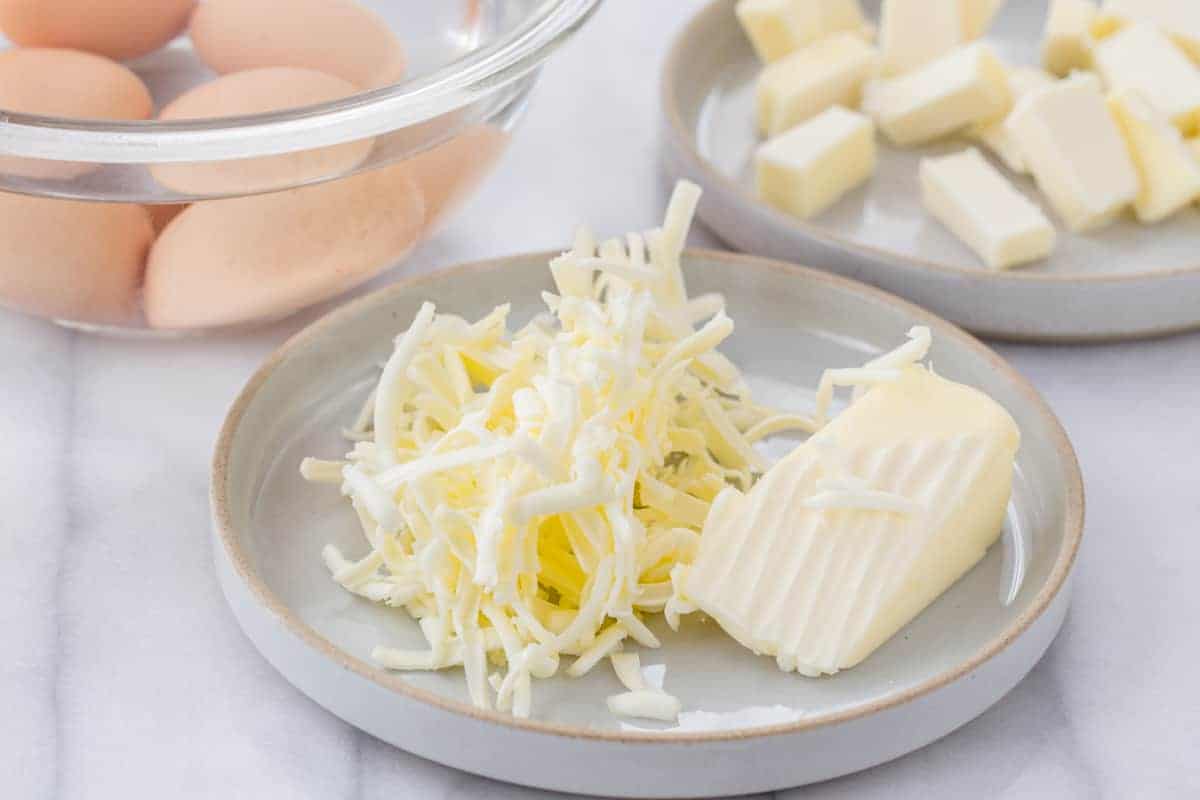
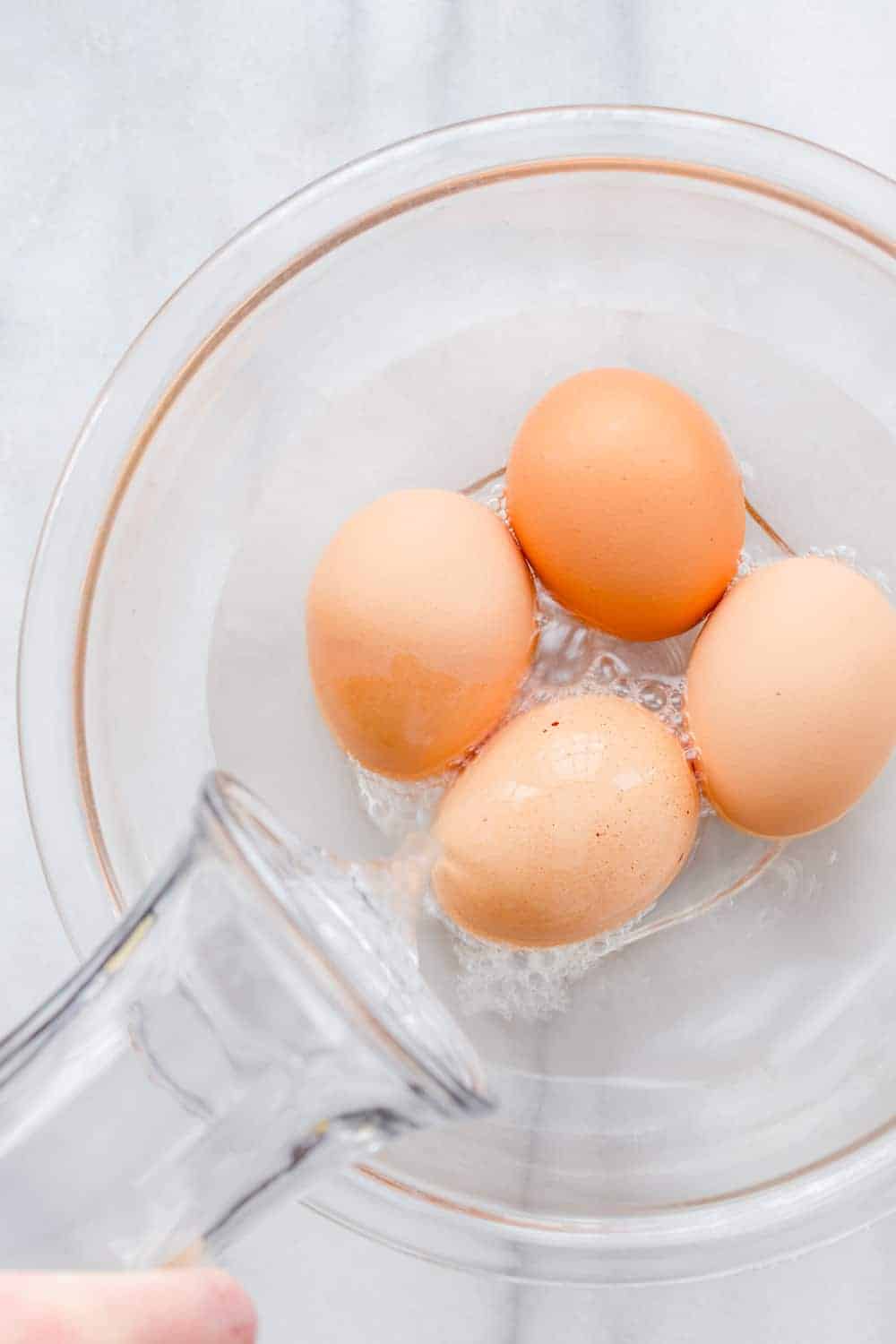
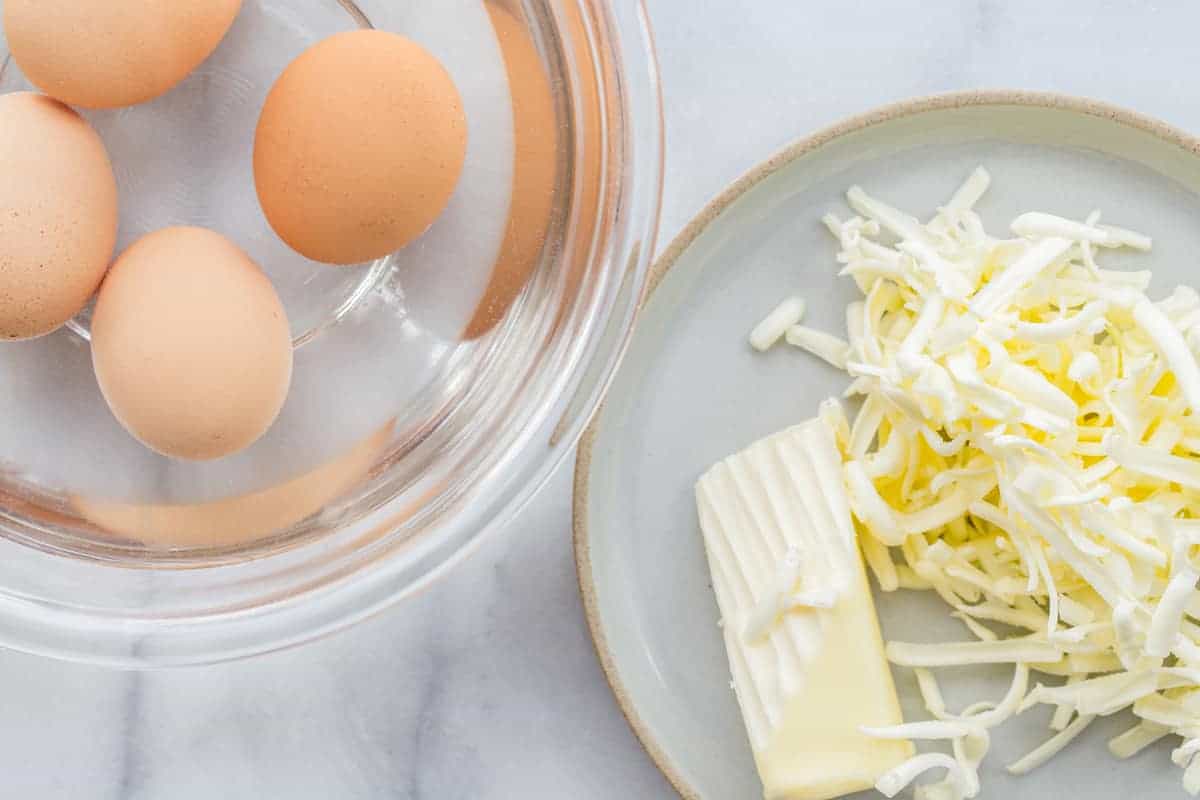
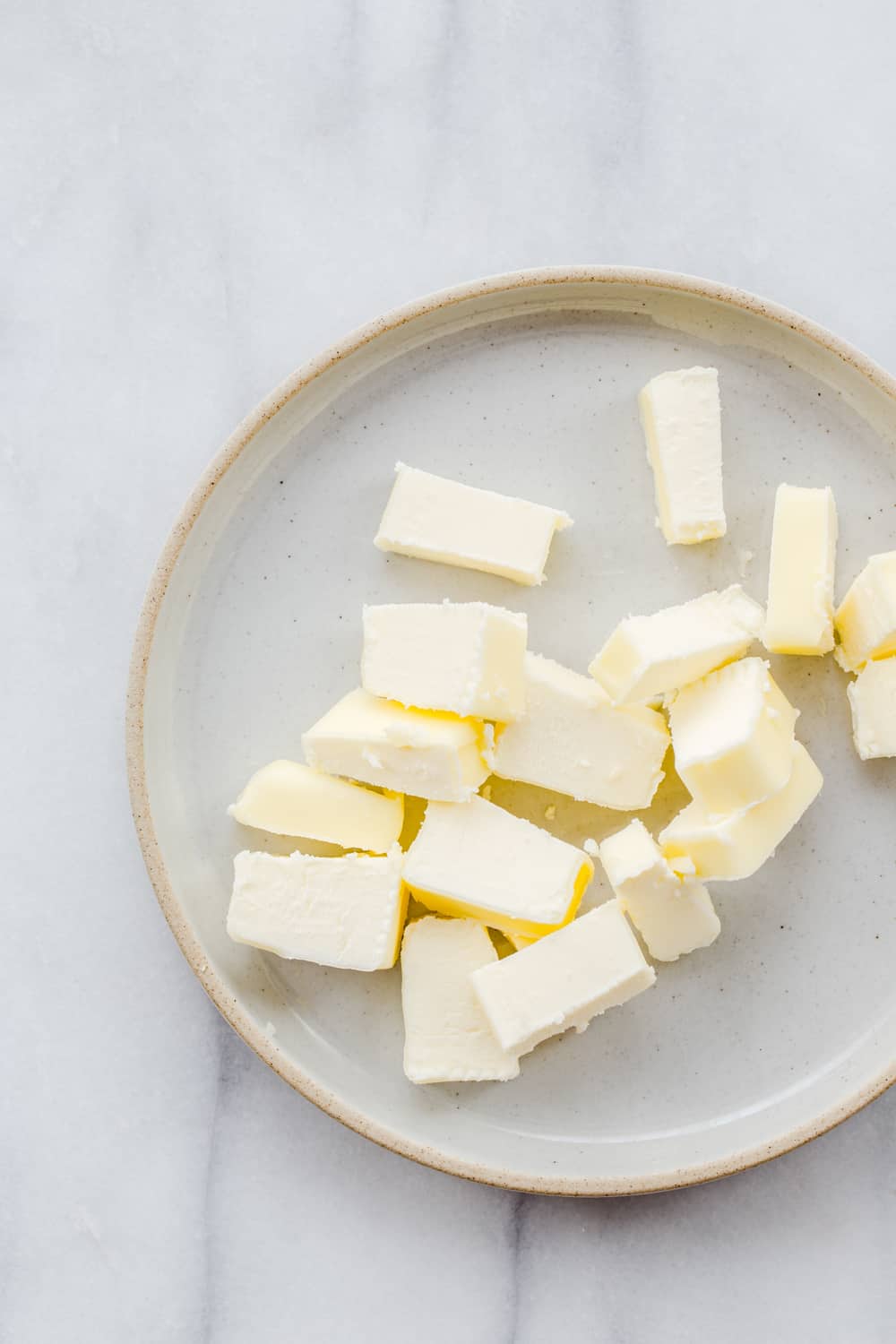
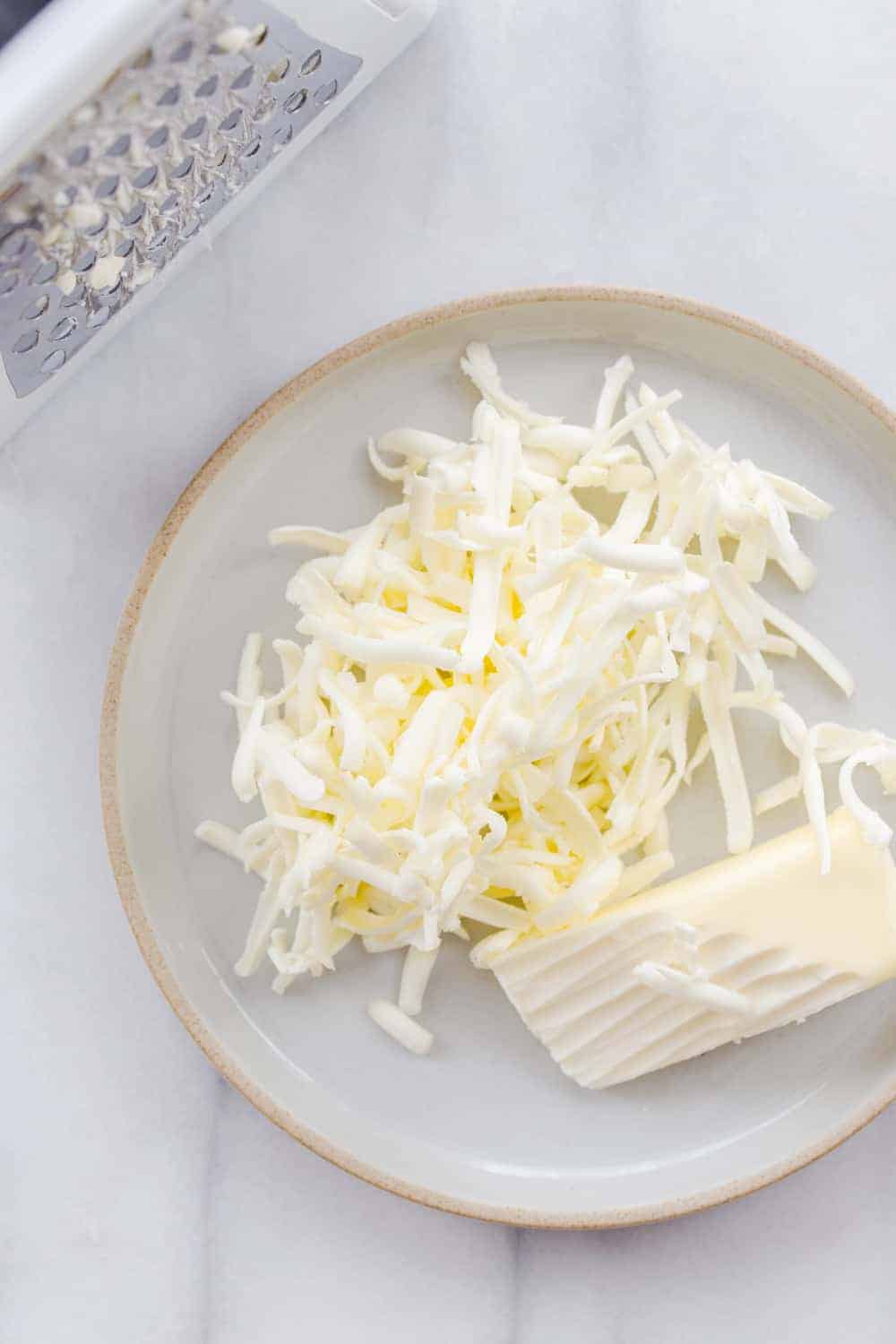
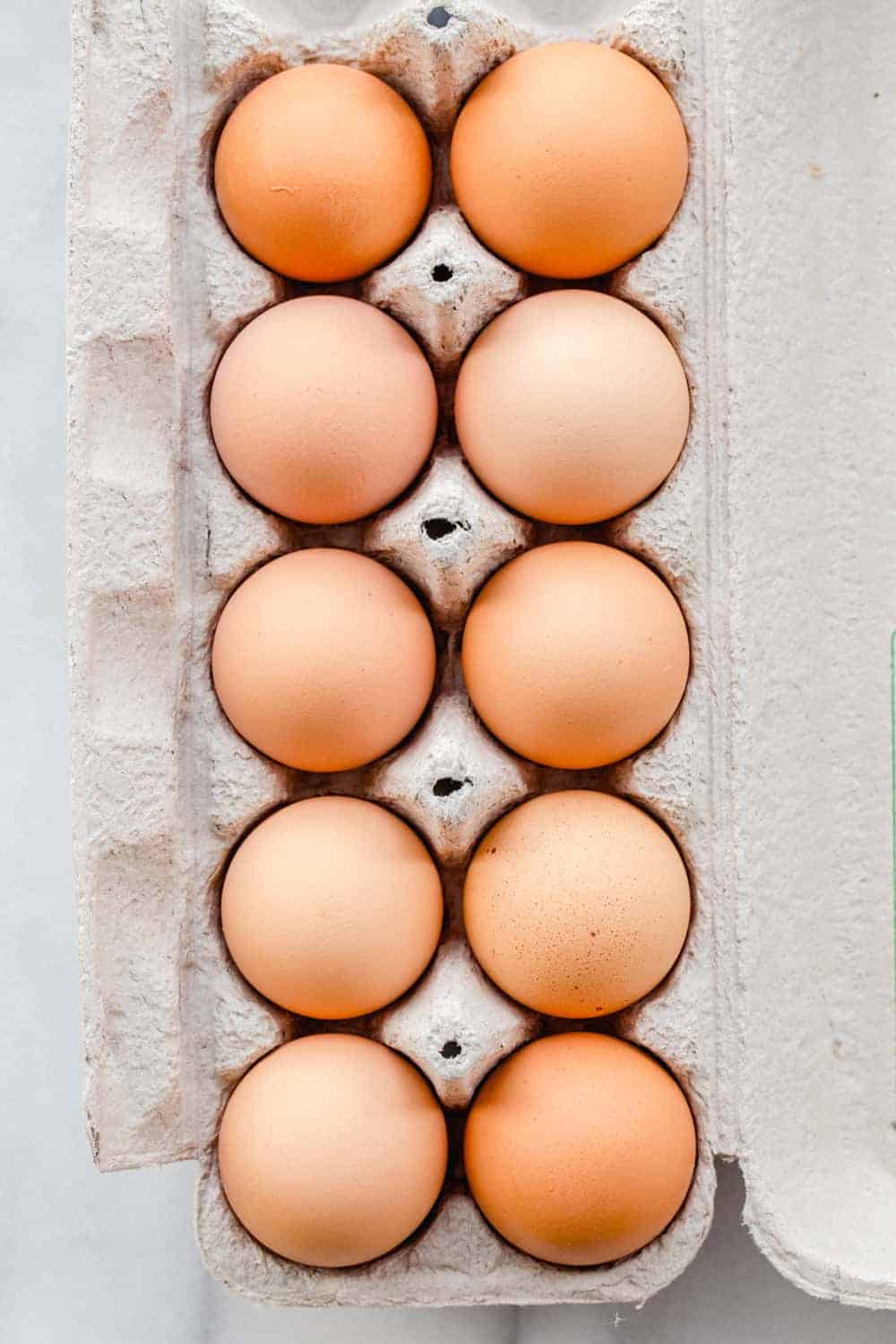
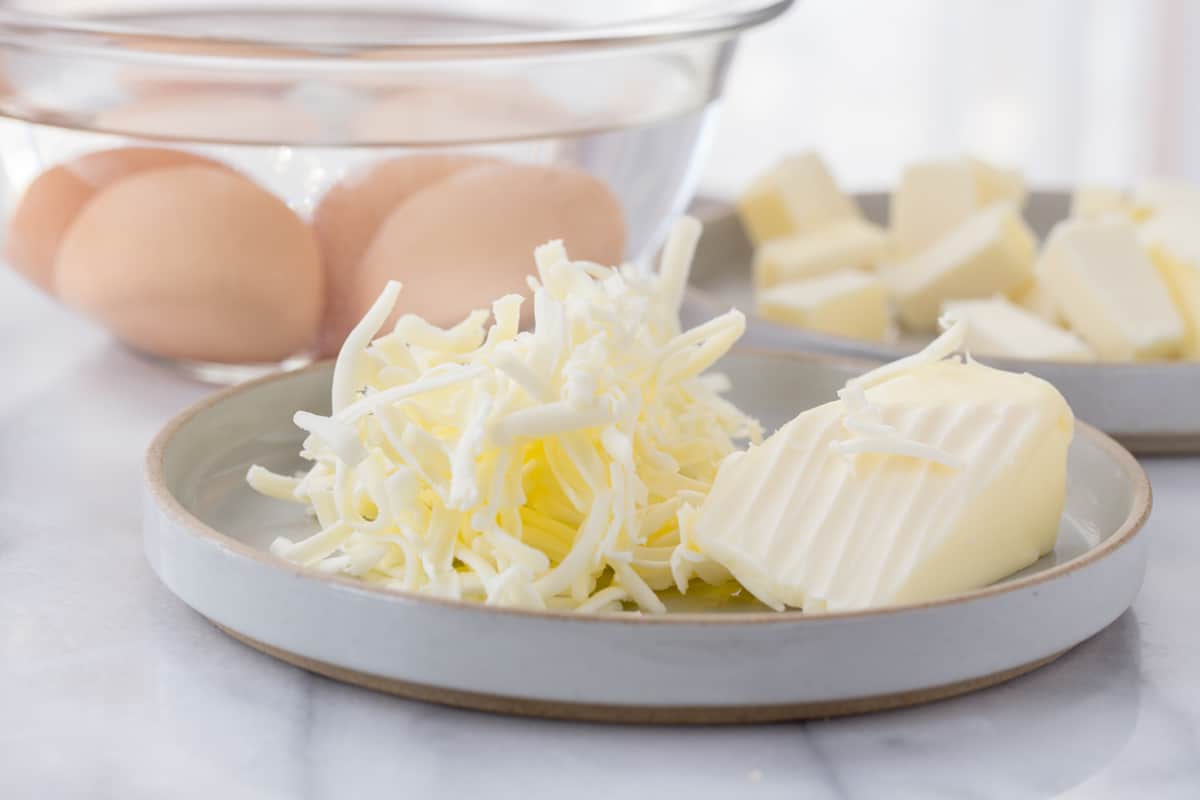









SO helpful! Thanks! I never plan enough in advance to let them sit out on their own. I usually do the mocrowave trick (I do have a “softener” button), but since I am a novice-ish baker, I’m not exactly sure what is “room temperature” and what is “softened.” My OCD likes that you told me exactly how long on each side. Thanks again!
I usually put the butter out and cut up into cubes on a plate and put it on my stove and switch on the lights in the hood. It gets all the butter to room temperature really well. If I need it quicker I put the butter plate on top of some kind of container so it is closer to the light and softens up faster. This seems to be the best method for me and I use it all the time. But I have to tell my husband not to turn off the light as he thinks I just forgot to do so. Ahhhh men…. they have no idea.
I usually use the defrost setting on the microwave rather than the ‘normal’ setting to soften butter: 15-20 seconds is usually enough!
(Only just found your blog during work lunch break, will come back over the weekend!)
I’ve recently become obsessed with baking and very interested in all the small details and intricacies involved in producing the perfect treat. I’ve been doing a lot of reading about the chemistry behind different flours, measuring flour, and room temperature ingredients. From what I read, you should use room temperature eggs in everything baked. The reason is that eggs, and the sugar in them help promote gluten formation within the flour. When they are at room temperature, for some reason, the gluten formations are more abundant. The more gluten formations, the more stable the product and it will get a better rise. Pretty interesting how much chemistry is involved with baked goods!
Yes, chemistry in cooking (and baking) can be fun!
I’ve recently gone paleo (guidelines from my physician), so I’m using a lot of eggs. The things I make now are gluten-free and corn-free, but use coconut oil which is a solid at room temp. One recipe I use frequently in the morning (single paleo English muffin) includes an egg and some coconut oil, so of course, the egg has to be at room temperature in order for the oil to mix in well and for the other reactions in the mix to occur; if the egg is cold, the oil will turn quickly into a solid. I’ve tried placing the egg on the bathroom sink so that the shower steam will take the chill off faster, but it doesn’t really work fast enough. Thankful for this water tip so that I can get moving, eat well, and get out of the house faster!
Thanks for the great tips! I am so excited that I found you blog! Very helpful! I have LOVED baking for a few years now but just recently I have gotten serious with it. I have also started to blog a couple recipes as well. I still don’t know all the basics of baking so I was excited to read your posts on the fundamentals! Thanks!
If I need softened butter I meausre it out cut into pieces and then put it on a plate and just leave it on my stove under the extractor unit lights. Sometimes I put it closer to the light on a container of some sort. In a couple of hours it is the perfect consistency of room temp. butter to incorporate into the recipe. I find this works great.
I just tried melting butter in my microwave and hit 3 minutes intend of 30 seconds. Needless to say, I have a big butter mess all over my microwave. My tip for the day…make sure you don’t hitnthe zero button one too many times!
I know what you mean …. I have done that before. Sounds crazy but it is so easy to do.
Just found your website and I love your tips. I always forget to take things out of the fridge. My solution to the butter dilemma is that I have it sitting out on the counter all the time. I always have at least one stick in my butter dish. I know for some it might not work depending on the climate, but for me it works well. The only bad part is if there is only half a stick because we used it for toast, or if you need more.
I’d like to tell you about my microwave butter method. I like it better because it doesn’t involve stopping and turning the butter every 10 seconds: Turn the power down to 20% or 30%. Microwave the butter about 1 minute (for 1 stick). You can go off and do something else during that minute. Check if it’s ready, if not give it another 30 seconds or 1 minute (depending on how close to soft it already is).
Thanks, Margaret! I’ll give this a shot.
-Jamie
OMG! Thank you. I have baking ADD where all of a sudden I will have a strong urge to bake and have not planned ahead so this is great.
This worked perfectly! I even did two sticks of butter at once. Thanks for the help!